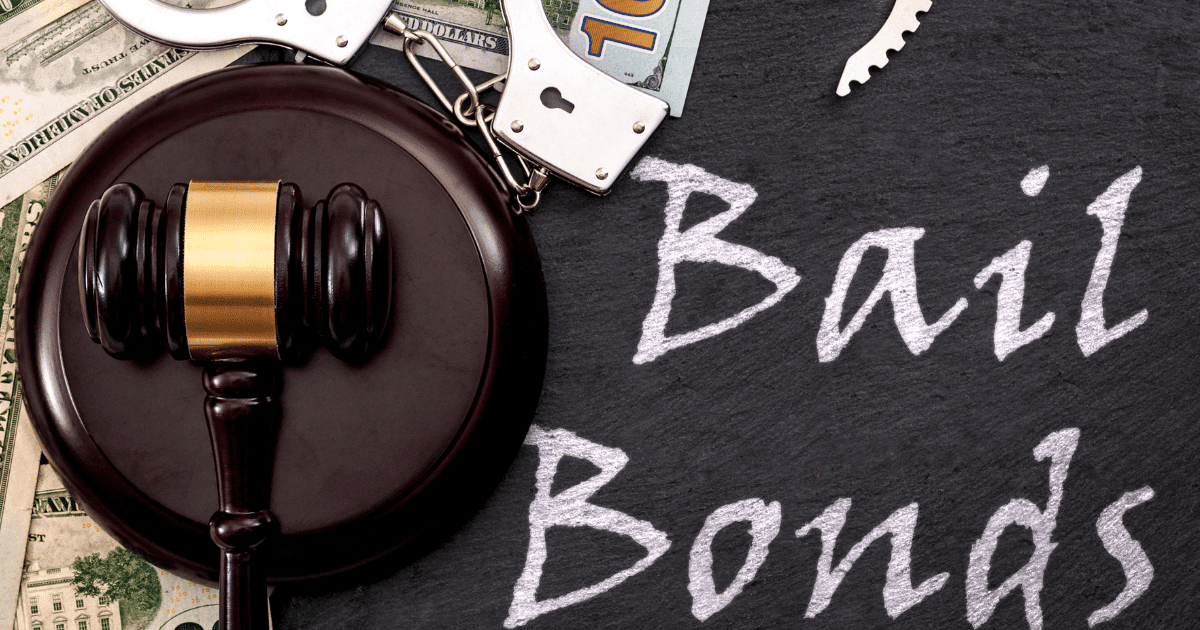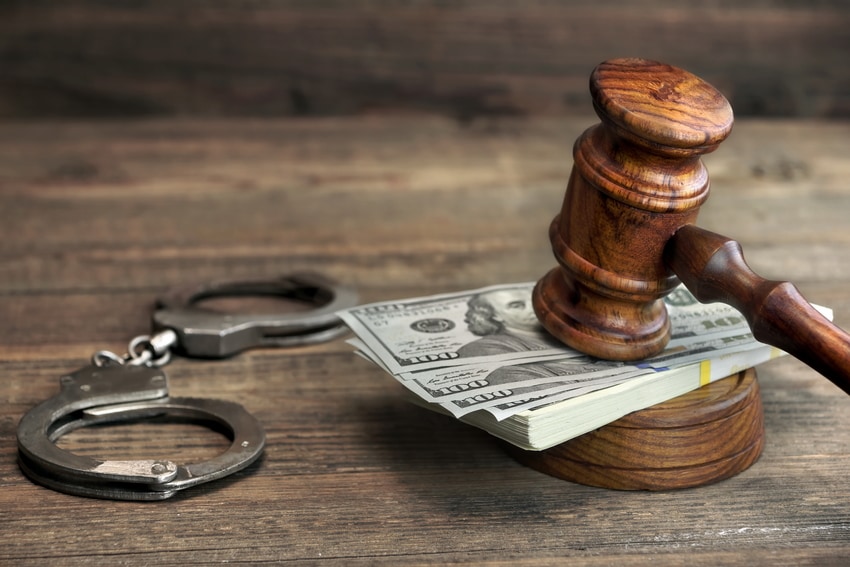Recognizing Your Legal Rights When Utilizing a Bail Bondsman
Recognizing Your Legal Rights When Utilizing a Bail Bondsman
Blog Article
Understanding the Basics of Bail Bonds: What You Required to Know
Navigating the complexities of bail bonds is an important element of the legal system that can significantly influence the charged's journey through court procedures. The intricacies of exactly how bail bonds operate, the different types readily available, and the critical factors to consider in selecting a respectable bail bondsman can be intimidating.
What Is Bail?
Bail is a monetary setup that permits a specific implicated of a criminal offense to be launched from wardship while waiting for trial. The primary function of bail is to make certain that the accused stands for future court procedures (Bail Bonds). Commonly established by a judge, the bail amount varies depending on the nature of the crime, the offender's criminal background, trip risk, and various other significant elements
When bail is granted, the charged or a rep should pay a defined amount, which may be in cash or through a bail bond. In many cases, bail can be rejected entirely, especially for serious offenses or if the suspicious poses a considerable danger to public safety. The idea of bail is rooted in the anticipation of virtue, enhancing the idea that individuals ought to not be punished before a sentence.

Understanding Bail Bonds
A bail bond is an economic instrument that helps with the release of an accused individual from custodianship, working as an assurance for their appearance at future court days. This setup permits offenders to preserve their flexibility while waiting for trial, minimizing the problems related to imprisonment. The bail bond procedure typically includes a third-party company, referred to as a bondsman, that gives the needed funds to the court in behalf of the accused.
Bail bonds come in different kinds, consisting of surety bonds, home bonds, and money bonds, each with distinct needs and effects. Guaranty bonds, the most common type, require a premium settlement, typically a percent of the overall bail amount, which is non-refundable. On the other hand, a property bond includes using real estate as security, while cash bonds necessitate the full bail amount to be paid upfront.
Recognizing the subtleties of bail bonds is crucial for defendants and their households. It is important to grasp the potential monetary implications, including fees and commitments to the bail bondsmansman, in addition to the lawful responsibilities tied to ensuring court looks. Expertise of these elements aids in making educated choices during a challenging time.
Just How Bail Bonds Work
The process of securing a bail bond typically includes several essential actions that make certain the charged can restore their freedom while awaiting trial. The individual or their representative contacts a bond bondsman, who examines the instance and the connected threats. The bondsman will certainly call for details about the charged, consisting of the costs, the bail quantity set by the court, and any type of relevant personal information.
Once the bondsman accepts give the bond, the accused or their rep must pay a non-refundable fee, typically a percentage of the complete bail quantity. This cost compensates the bondsman for handling the monetary threat of making certain the accused shows up in court. In some situations, security might also be required, such as building or useful properties, which works as safety for the bond.
After any type of collateral and the charge are prepared, the bondsman sends the essential paperwork to the court. Upon authorization, the bail is uploaded, and the accused is launched from custody. It is crucial for the accused to comply with all court days and conditions, as failure to do so can result in the forfeiture of the bond and possible legal effects.
Types of Bail Bonds
Numerous kinds of bail bonds are offered to suit different scenarios and needs. One of the most common kind is the surety bond, where a bondsman assurances payment of the full bail total up to the court for a non-refundable cost, typically around 10% of the bail. This arrangement allows accuseds to protect their launch without paying the whole bail upfront.
An additional type is the cash money bond, which needs a co-signer or the accused to pay the complete bail amount in cash directly to the court - Bail Bondsman. This option is often my website favored for lower bail quantities, as it guarantees the cash is returned upon the defendant's look in any way court procedures
Home bonds include making use of realty as security. In this instance, the court positions a lien on the property, which can be waived if the accused stops working to appear.
Last but not least, government bail bonds are specifically developed for federal instances, usually including greater quantities and added intricacies. Understanding these numerous bail bond types is critical for offenders and their households in making notified choices during a tough time.
Picking a Bond Bondsman
When choosing a bail bondsman, it is crucial to take into consideration a number of key factors that can impact the overall experience and result. First, review the bail bondsman's track record by researching on the internet evaluations and getting referrals from trusted sources. A reputable bail bondsmansman will have a background of professionalism and trust and effective instances.

It is also essential to comprehend the fee structure. A lot of bail bondsmensman bill a non-refundable fee, commonly around 10% of the bail amount. Watch out for any type of surprise charges or uncommon payment methods. Transparency in pricing is a characteristic of a credible bondsman.
Conclusion
Bail offers as a financial assurance of court appearance, while numerous types article source of bail bonds provide to various situations. Understanding the functional mechanisms of bail bonds and picking a respectable bail bondsman can considerably affect the overall experience.
The complexities visit here of how bail bonds operate, the different kinds readily available, and the essential considerations in selecting a trusted bail bondsman can be intimidating. The bail bond process generally entails a third-party firm, known as a bond bondsman, that provides the required funds to the court on behalf of the implicated.
The most common kind is the surety bond, where a bail bondsman guarantees payment of the full bail amount to the court in exchange for a non-refundable fee, typically around 10% of the bail. Bail offers as an economic assurance of court appearance, while different kinds of bail bonds cater to different conditions. Comprehending the functional systems of bail bonds and choosing a reputable bail bondsman can considerably affect the total experience.
Report this page